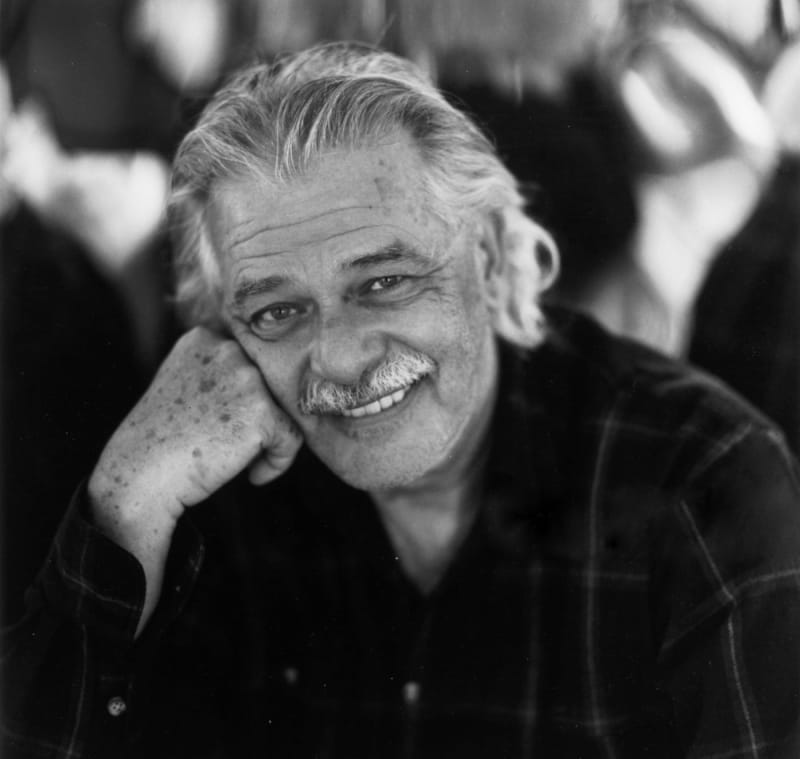John Chamberlain (b. 1929, Rochester, Indiana – d. 2011, New York) is recognised as one of the leading three-dimensional Abstract Expressionists of the twentieth century. He is best known for his dynamic metal sculptures, constructed from discarded car parts and industrial scrap – materials he began using in the late 1950s. While his work shares affinities with the consumerist aesthetics of Pop Art, it also reflects key aspects of Minimalism and Process Art, standing apart through its visceral energy and material innovation.
Chamberlain’s time as a seaman first class in the US Navy during the Second World War – particularly his experience aboard an aircraft carrier – profoundly shaped his later engagement with form, structure, and industrial materials. He went on to study at the Art Institute of Chicago and later at Black Mountain College, where he explored both poetry and sculpture during the early to mid-1950s. He was awarded the John Simon Guggenheim Memorial Foundation Fellowship in both 1966 and 1977. In 1964, he represented the United States at La Biennale di Venezia, and in 1993, he received the Lifetime Achievement Award in Contemporary Sculpture from the International Sculpture Center in Hamilton. Chamberlain’s work is held in major international collections, including the Dallas Museum of Art; Detroit Institute of Arts; Moderna Museet, Stockholm; Museum Ludwig, Cologne; Museum of Modern Art, New York; Tate, London; and the Whitney Museum of American Art, New York.

